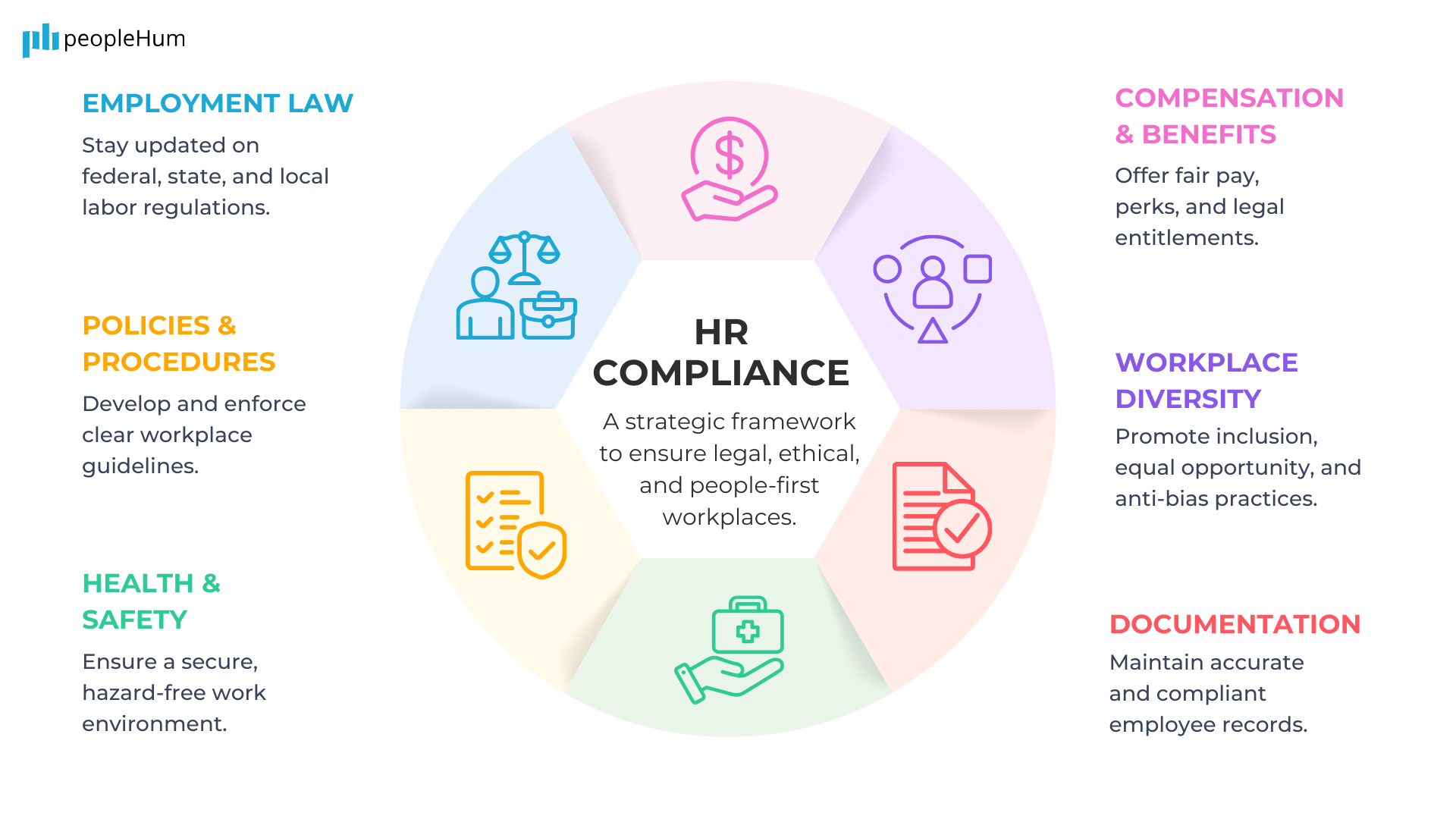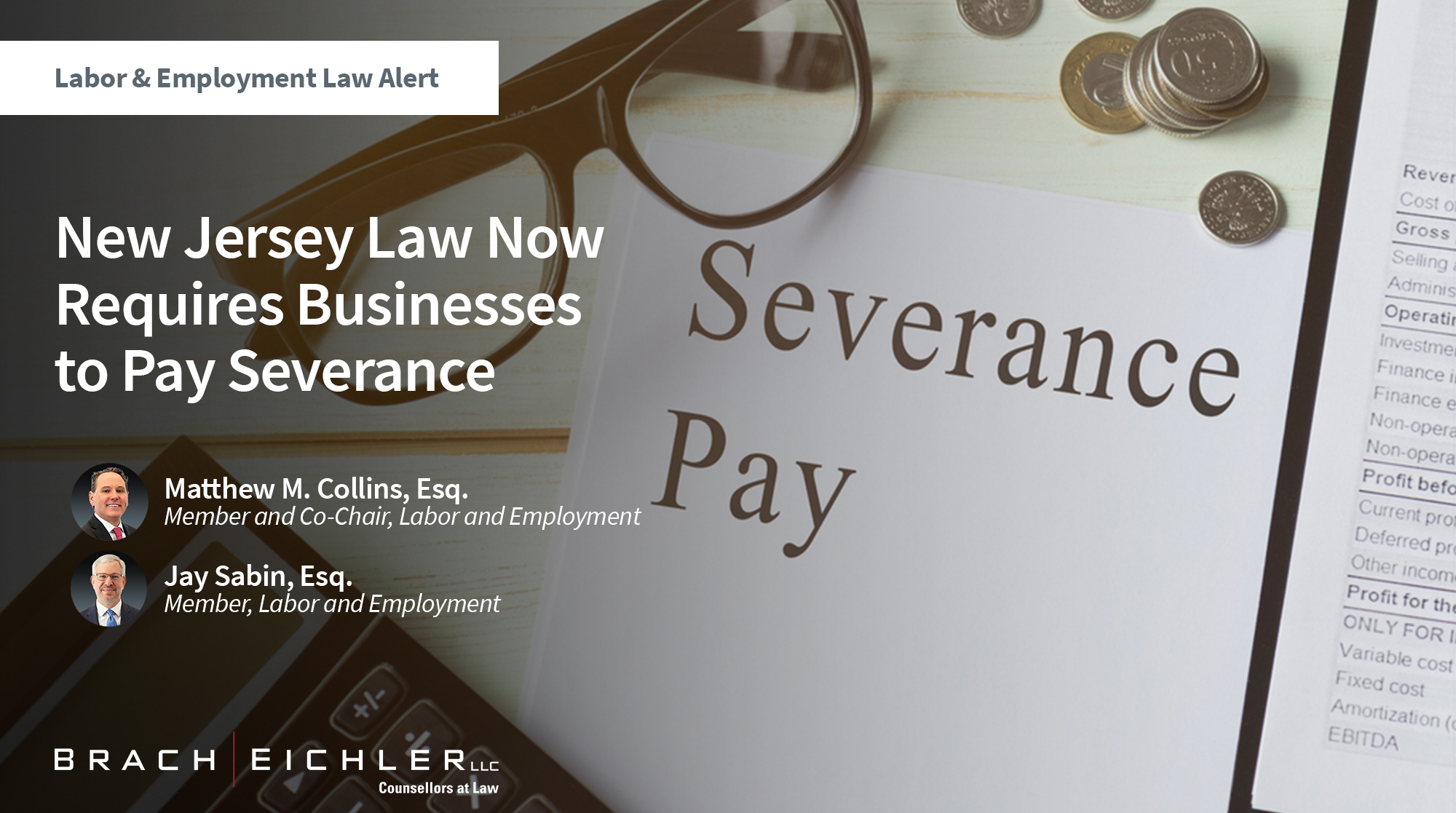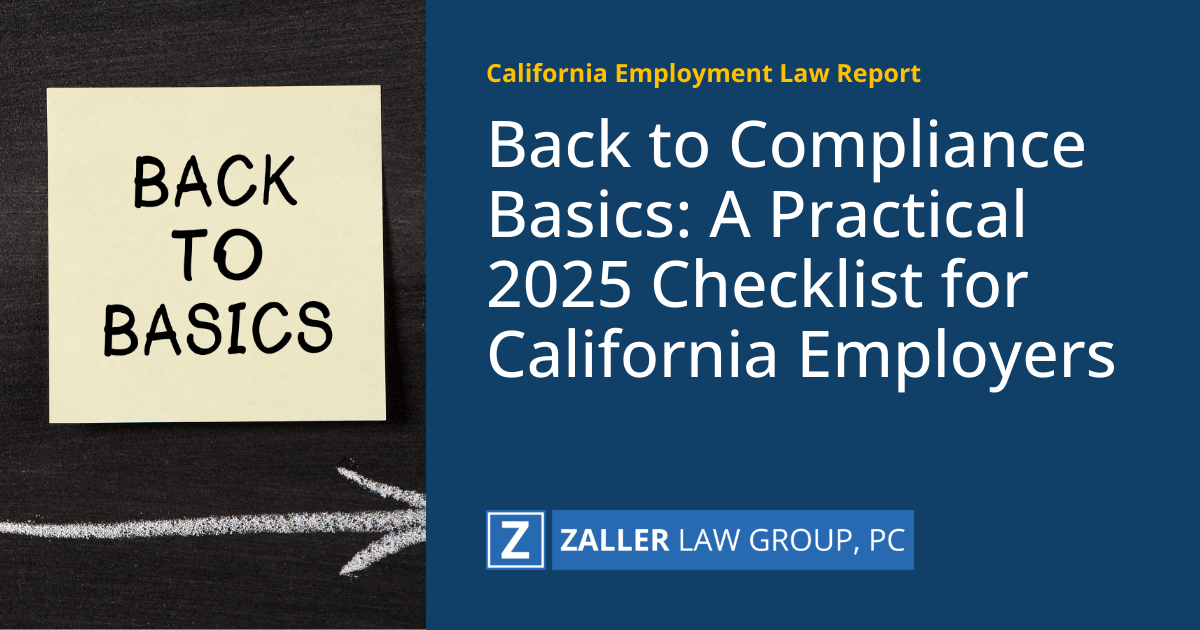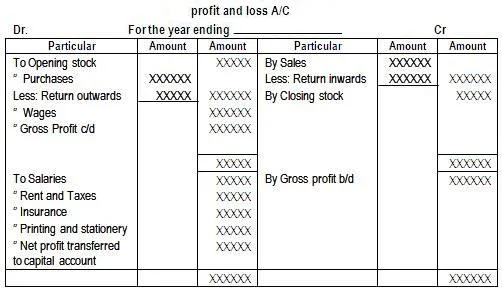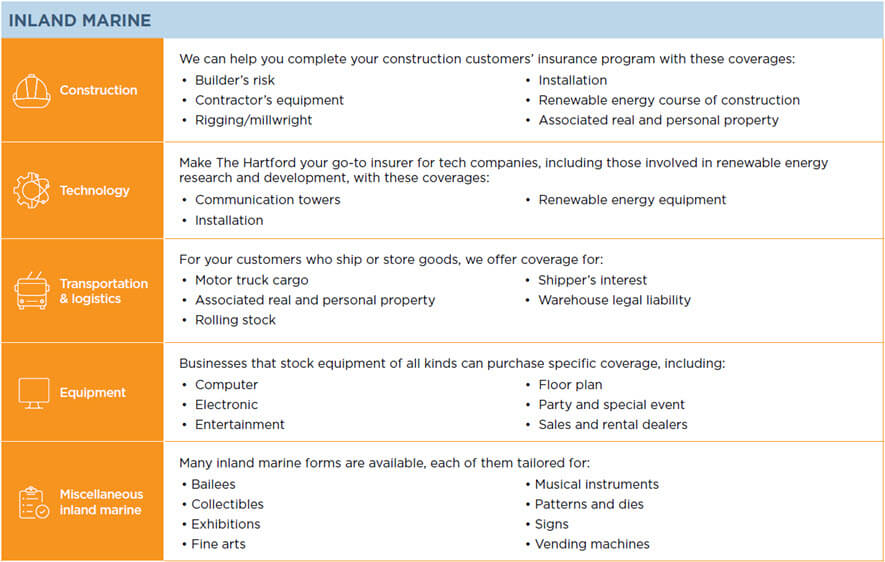Navigating employee handbook requirements can be complex, especially as regulations vary significantly by state. A well-drafted handbook not only establishes workplace expectations but also ensures compliance with federal, state, and local laws. From anti-discrimination policies to overtime rules, each jurisdiction imposes distinct mandates that employers must follow to avoid legal repercussions. This article breaks down key state-specific requirements, helping businesses create comprehensive, compliant handbooks tailored to their workforce’s location. Whether updating an existing handbook or drafting a new one, understanding these regulations is crucial for fostering a fair workplace and minimizing liability. Stay informed and protect your company with the right policies in place.
Employee Handbook Requirements by State: What Employers Need to Know
Here’s a detailed overview of key employee handbook requirements that vary by state, ensuring businesses remain compliant with local regulations. —
1. At-Will Employment Disclaimers by State
While federal law recognizes at-will employment, certain states require specific disclaimers in employee handbooks. For example, Montana is the only state that does not follow at-will employment by default. Employers must clearly outline termination policies to avoid legal disputes.
| State | At-Will Disclaimer Required? |
|---|---|
| California | Yes, recommended |
| New York | No, but advised |
| Montana | No (non-at-will state) |
—
2. Anti-Discrimination and Harassment Policies
State laws often expand upon federal protections (e.g., Title VII). For instance, California mandates reporting procedures for harassment complaints, while Illinois requires annual sexual harassment training. The handbook must reflect these nuances.
| State | Additional Protected Classes |
|---|---|
| California | Genetic information, gender identity |
| New Jersey | Unemployment status |
—
3. Paid and Unpaid Leave Requirements
States like Washington and Massachusetts enforce paid sick leave laws, requiring explicit policy details. Others, like Texas, have no state-mandated leave but must comply with FMLA.
| State | Paid Sick Leave? |
|---|---|
| Washington | Yes (1 hour per 40 worked) |
| Florida | No |
—
4. Wage and Hour Laws in Employee Handbooks
Handbooks must state overtime rules, meal/rest breaks, and minimum wage—all of which vary by state. For example, Colorado requires 10-minute paid rest breaks for every 4 hours worked.
| State | Rest Break Requirements |
|---|---|
| California | 10 minutes per 4 hours |
| Georgia | None |
—
5. Privacy and Social Media Policies
States like Illinois (Biometric Information Privacy Act) and Maryland restrict employer access to employee social media accounts. Handbooks must disclose data collection practices.
| State | Social Media Restrictions |
|---|---|
| Illinois | Prohibits requesting passwords |
| Florida | No specific law |
Are employee handbooks required by state and federal law?

Is an Employee Handbook Mandated by Federal Law?
While federal law does not explicitly require employers to provide an employee handbook, certain regulations make it highly advisable. For example, federal anti-discrimination and labor laws, such as the Fair Labor Standards Act (FLSA) and Title VII of the Civil Rights Act, necessitate clear workplace policies. A handbook ensures compliance by documenting these policies. Key considerations include:
- FLSA requirements, like overtime and minimum wage rules, must be communicated to employees.
- Equal Employment Opportunity (EEO) policies help prevent discrimination claims.
- Family and Medical Leave Act (FMLA) notices may be included to inform employees of their rights.
Do State Laws Require Employee Handbooks?
State laws vary significantly, with some states imposing stricter requirements than others. For instance, California mandates handbook inclusions like paid sick leave and harassment prevention policies. Employers must ensure their handbooks align with local regulations. Important state-specific elements may involve:
- Wage and hour laws, such as meal/rest break rules in certain states.
- Mandatory policies (e.g., anti-bullying in New York or cannabis use in Illinois).
- At-will employment disclaimers, required in states like Montana with exceptions.
What Are the Risks of Not Having an Employee Handbook?
Operating without an employee handbook exposes employers to legal and operational risks. Inconsistent policy enforcement or lack of documented procedures can lead to disputes. Critical risks include:
- Legal noncompliance, resulting in fines or lawsuits from federal/state agencies.
- Employee confusion over rights, benefits, or behavioral expectations.
- Difficulty defending claims (e.g., wrongful termination) due to absent documentation.
How enforceable is an employee handbook?

Legal Standing of Employee Handbooks
The enforceability of an employee handbook largely depends on whether it is considered a binding contract or merely a set of guidelines. Courts typically examine the language used in the handbook and the employer’s intent. Key factors include:
- Clear disclaimers stating the handbook is not a contract.
- Specificity of policies—vague language may reduce enforceability.
- Whether employees are required to sign an acknowledgment of receipt and understanding.
Enforcement in Disciplinary Actions
An employee handbook becomes critical when disciplining or terminating employees. Employers must consistently follow their outlined policies to avoid legal challenges. Important considerations:
- Consistent application of rules across all employees.
- Proof that the employee was aware of the policies—signed acknowledgments or training records.
- Whether the policies comply with federal, state, and local labor laws.
Role in Dispute Resolution
Handbooks often outline procedures for resolving workplace disputes, such as grievances or harassment claims. Their enforceability in such cases hinges on:
- Inclusion of an arbitration clause, which may limit litigation options.
- Clarity in outlining steps for reporting issues.
- Evidence that employees were properly trained on these procedures.
Is it illegal for a company to not have an employee handbook?
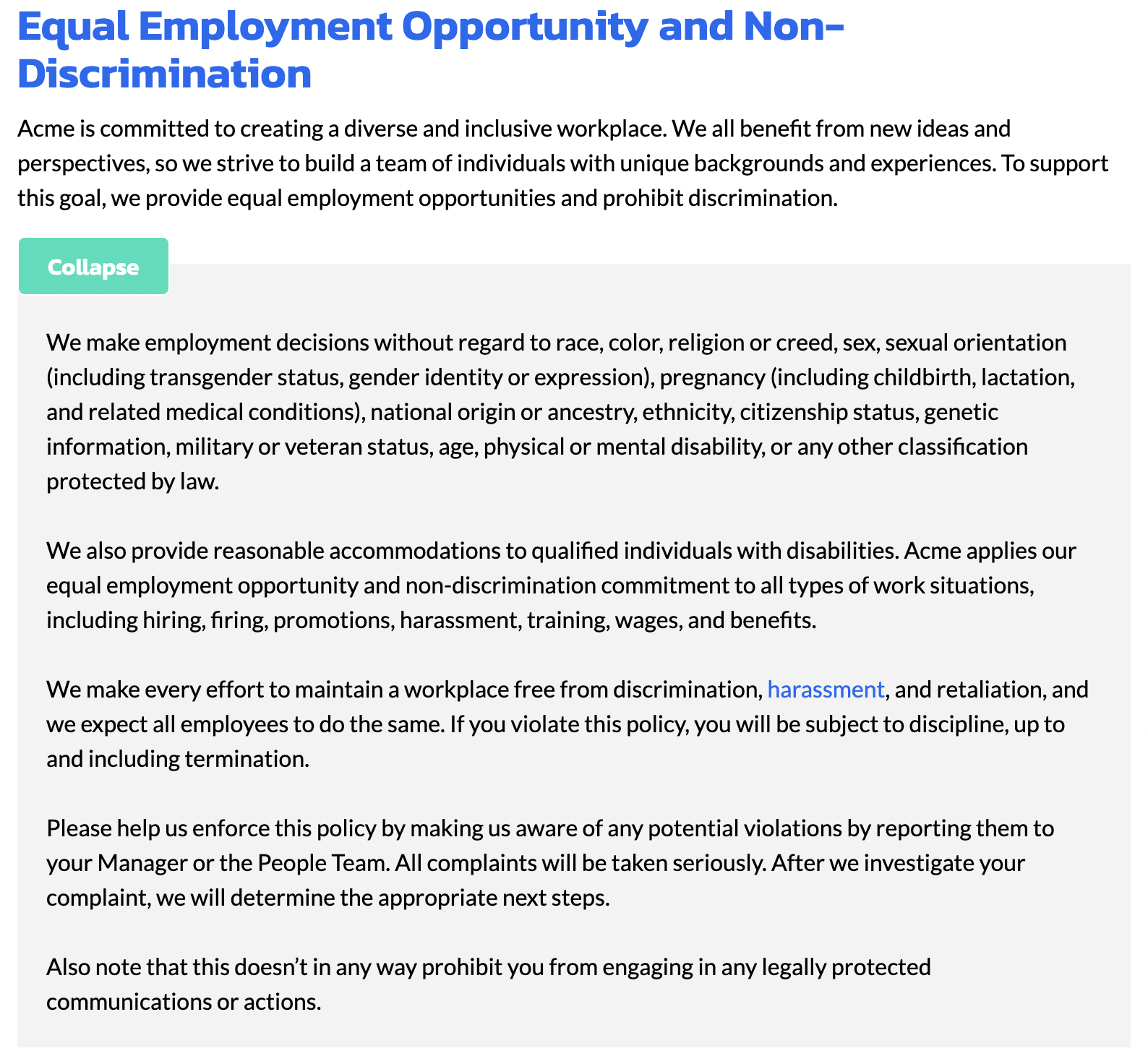
Is an Employee Handbook Required by Law?
There is no federal law in the U.S. that mandates companies to have an employee handbook. However, certain states or local regulations may have specific requirements. Below are key considerations:
- Federal laws like the Fair Labor Standards Act (FLSA) or the Family and Medical Leave Act (FMLA) do not require handbooks but employers must still comply with their provisions.
- Some state laws may impose requirements, such as including anti-discrimination policies or paid leave rules, even without mandating a handbook.
- Without a handbook, companies risk legal disputes due to unclear policies, inconsistent enforcement, or failure to communicate workplace rights.
What Are the Risks of Not Having an Employee Handbook?
A missing employee handbook exposes a company to several risks, primarily due to unclear communication of policies. Key risks include:
- Legal vulnerability: Employees may file lawsuits for unfair treatment, as policies are not documented or uniformly applied.
- Confusion about rights: Employees may misunderstand benefits, workplace rules, or reporting procedures, leading to conflicts.
- Compliance gaps: Employers might inadvertently violate labor laws by failing to outline mandatory policies (e.g., harassment reporting).
Can an Employee Handbook Protect the Employer?
A well-drafted employee handbook serves as a legal safeguard for employers. Benefits include:
- Clear expectations: Defines workplace rules, reducing disputes over conduct, attendance, or performance standards.
- Documentation: Provides evidence of policies (e.g., anti-discrimination) in case of lawsuits or regulatory audits.
- Consistency: Ensures uniform policy enforcement, which can defend against claims of favoritism or unfair treatment.
Frequently Asked Questions
What are the key differences in employee handbook requirements across U.S. states?
While federal laws set baseline standards for employee handbooks, state-specific regulations often add additional requirements. For example, California mandates inclusion of paid sick leave policies and harassment training details, while New York requires information on wage theft prevention. Some states, like Texas, have fewer mandates, but employers must still align with at-will employment disclaimers and anti-discrimination laws. Always consult state labor boards or legal experts to ensure compliance.
Is an employee handbook legally required in every state?
No state explicitly mandates an employee handbook, but having one is strongly recommended to clarify workplace policies and mitigate legal risks. Certain states, however, require written documentation of specific policies—like meal/rest breaks (e.g., Colorado) or anti-bullying measures (e.g., Connecticut). Even without strict legal requirements, handbooks help enforce consistent standards and protect both employers and employees.
How often should employee handbooks be updated to remain compliant?
Employee handbooks should be reviewed annually to reflect changes in federal, state, and local laws. Major updates are often needed when new legislation passes—for instance, paid family leave laws (e.g., Washington) or cannabis workplace policies (e.g., Illinois). Employers should also revise handbooks after significant company policy changes or court rulings affecting labor laws. Proactive updates reduce the risk of non-compliance penalties or disputes.
What are the consequences of non-compliant employee handbooks?
Failure to comply with state-specific handbook requirements can lead to legal liabilities, fines, or even lawsuits. For example, omitting mandatory anti-harassment language (e.g., in Delaware) may weaken an employer’s defense in discrimination cases. Inconsistent policies could also result in wage-and-hour claims or unfair labor practice charges. Regularly auditing handbooks and seeking legal counsel minimizes exposure to such risks.
